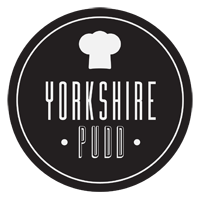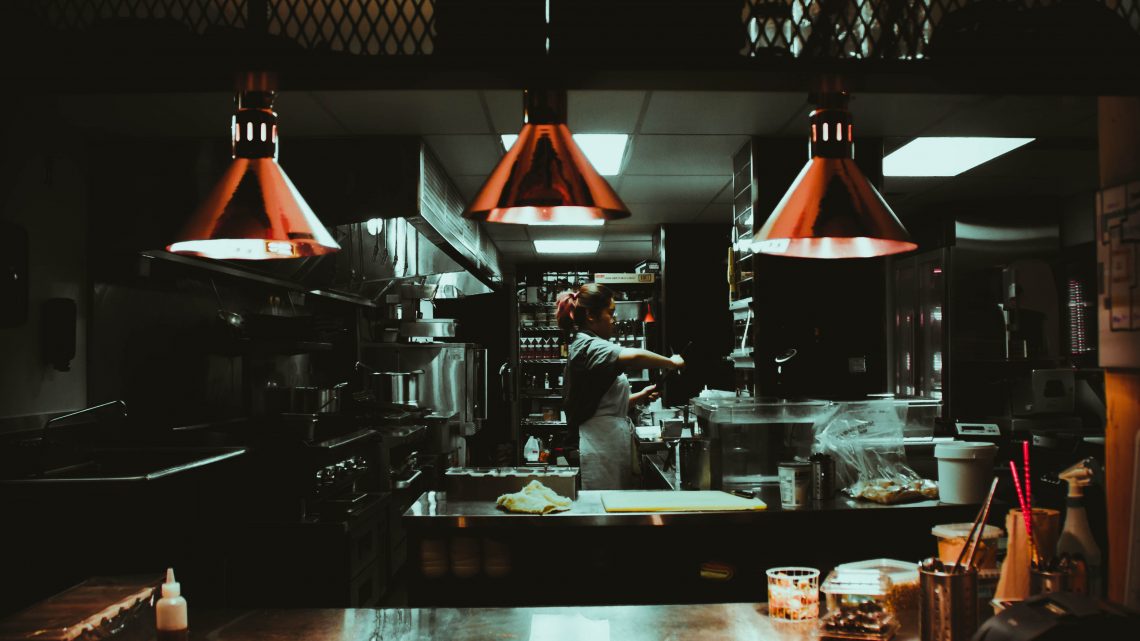Culinary Cleanliness: The Secret Ingredient to Restaurant Success
Maintaining a clean kitchen is essential for any restaurant to ensure the safety of its customers and staff. The kitchen is the heart of a restaurant, and it is where all the food is prepared. A clean kitchen environment is not only important for hygiene reasons, but it also helps to maintain the quality of the food and the reputation of the restaurant.
Kitchen cleanliness is crucial for preventing foodborne illnesses. Cross-contamination, where bacteria from one food item is transferred to another, can occur easily in an unclean kitchen. This can lead to food poisoning, which can have serious consequences for the customers and the restaurant’s reputation. A clean kitchen also helps to prevent the growth of bacteria and other harmful microorganisms, which can thrive in dirty environments.
Why Kitchen Cleanliness is Crucial
Maintaining a clean kitchen is essential for the success of any restaurant. Kitchen cleanliness is crucial for several reasons, including food safety, health and hygiene, and overall customer satisfaction.
First and foremost, a clean kitchen ensures food safety. Bacteria and germs can easily spread in an unclean kitchen, leading to foodborne illnesses. A dirty kitchen can also attract pests, such as rodents and insects, which can contaminate food and spread diseases. By keeping the kitchen clean, restaurant owners and staff can ensure that food is prepared in a safe and hygienic environment.
In addition to food safety, a clean kitchen is also important for the health and hygiene of the staff. A dirty kitchen can lead to the buildup of grease, grime, and other substances that can be harmful to the respiratory system. This can lead to respiratory problems, such as asthma, and can also cause skin irritation and other health issues. By maintaining a clean kitchen, restaurant owners can ensure the health and well-being of their staff.
Finally, a clean kitchen is crucial for overall customer satisfaction. Customers expect a clean and hygienic environment when dining out, and a dirty kitchen can leave a negative impression. A clean kitchen can help to create a welcoming and inviting atmosphere, which can lead to increased customer satisfaction and repeat business.
In conclusion, kitchen cleanliness is crucial for the success of any restaurant. By maintaining a clean and hygienic kitchen, restaurant owners and staff can ensure food safety, promote staff health and hygiene, and create a welcoming environment for customers.
Key Areas to Focus On
When it comes to kitchen cleaning in restaurants, several key areas require special attention. These areas are prone to accumulating dirt, grease, and bacteria, which can pose a health hazard to both customers and staff. In this section, we will discuss the key areas that require regular cleaning in a restaurant kitchen.
Cooking Equipment
Cooking equipment, such as ovens, grills, and fryers, is the heart of any restaurant kitchen. However, they are also the most prone to accumulating grease and food debris. Regular cleaning of this equipment is essential to prevent the buildup of harmful bacteria, which can cause food-borne illnesses. It is recommended to clean cooking equipment after every use, especially if it involves cooking meat or other high-risk foods.
Food Preparation Surfaces
Food preparation surfaces, such as cutting boards and countertops, are another area that requires regular cleaning. These surfaces come into contact with raw food, which can harbour harmful bacteria like E. coli and Salmonella. It is recommended to clean these surfaces before and after every use, using a disinfectant solution to kill any bacteria that may be present.
Floors and Walls
Floors and walls are often overlooked when it comes to kitchen cleaning, but they are just as important as any other area. Floors can accumulate grease, food debris, and other contaminants, which can make them slippery and pose a safety hazard to staff. Walls can also accumulate grease and food splatters, which can attract pests and bacteria. It is recommended to clean floors and walls at least once a day, using a degreaser to remove any buildup.
Dishwashing Area
The dishwashing area is another key area that requires regular cleaning. This area is prone to accumulating food debris, grease, and bacteria, which can contaminate dishes and utensils. It is recommended to clean the dishwashing area after every use, using a disinfectant solution to kill any bacteria that may be present.
In conclusion, regular kitchen cleaning is essential to maintain a safe and healthy environment in a restaurant. By focusing on these key areas, restaurant owners and staff can ensure that their kitchen is clean, safe, and free of harmful bacteria.
Effective Cleaning Practices
Effective cleaning practices are essential for maintaining a clean and safe kitchen environment in restaurants. Proper cleaning practices not only ensure that the kitchen is hygienic but also prevent the spread of foodborne illnesses. Here are some effective cleaning practices that restaurants can adopt to maintain a clean kitchen:
Regular Cleaning Schedule
Having a regular cleaning schedule is essential for ensuring that the kitchen is always clean and hygienic. Restaurants should establish a cleaning schedule that outlines the tasks that need to be performed daily, weekly, and monthly. This schedule should be communicated to all kitchen staff, and everyone should be responsible for maintaining their designated areas.
Cleaning Products
Using the right cleaning products is crucial for effective cleaning. Restaurants should use cleaning products that are specifically designed for use in commercial kitchens. These products should be effective in removing grease, grime, and food residue. Additionally, restaurants should ensure that all cleaning products are stored in a designated area away from food and food preparation areas.
Equipment Cleaning
Cleaning kitchen equipment regularly is essential for maintaining a clean and safe kitchen. Restaurants should establish a schedule for cleaning all equipment, including ovens, grills, fryers, and refrigerators. All equipment should be cleaned thoroughly, including all surfaces, nooks, and crannies.
Sanitising
Sanitizing is the process of reducing the number of bacteria and other microorganisms on surfaces to a safe level. Restaurants should establish a schedule for sanitizing all surfaces in the kitchen, including countertops, cutting boards, and utensils. All surfaces should be cleaned thoroughly before being sanitized.
Employee Training
Proper employee training is essential for maintaining a clean kitchen. Restaurants should provide regular training to all kitchen staff on proper cleaning and sanitising techniques. All employees should be aware of the importance of maintaining a clean and safe kitchen and should be held accountable for their actions.
In conclusion, effective cleaning practices are essential for maintaining a clean and safe kitchen in restaurants. By establishing a regular cleaning schedule, using the right cleaning products, cleaning equipment regularly, sanitising surfaces, and providing proper employee training, restaurants can ensure that their kitchen is always clean and hygienic.
Monitoring and Maintaining Cleanliness
Maintaining a clean kitchen is essential for any restaurant. Regular monitoring and maintenance of cleanliness is crucial to ensure that the kitchen remains safe and hygienic for food preparation.
One way to monitor cleanliness is by conducting regular inspections. These inspections should be carried out by a designated team member who is responsible for ensuring that the kitchen is clean and safe. The team members should be trained to identify potential hazards and to take appropriate action to address them.
Another way to maintain cleanliness is by implementing a cleaning schedule. This schedule should be designed to ensure that all areas of the kitchen are cleaned regularly. The schedule should include tasks such as wiping down surfaces, cleaning equipment, and disposing of waste.
It is also important to ensure that all staff members are trained in proper cleaning procedures. This includes understanding how to use cleaning chemicals safely and effectively, as well as knowing how to clean different types of equipment.
In addition to regular monitoring and maintenance, it is important to have a system in place for reporting cleanliness issues. This could include a logbook where staff members can report any issues they encounter, as well as a system for addressing these issues promptly.
By implementing these strategies, restaurants can ensure that their kitchens remain safe and hygienic for food preparation. Regular monitoring and maintenance of cleanliness is crucial to ensure that the kitchen remains safe and hygienic for food preparation.
Conclusion
In conclusion, maintaining a clean kitchen is crucial for any restaurant. It not only ensures the health and safety of the customers but also improves the overall dining experience. A dirty kitchen can lead to food contamination, which can cause foodborne illnesses and harm the reputation of the restaurant.
Regular cleaning of kitchen equipment, surfaces, floors, and utensils is essential to prevent the buildup of bacteria and other harmful microorganisms. This can be achieved by following a strict cleaning schedule and using appropriate cleaning products.
Moreover, a clean kitchen can also improve the efficiency of the kitchen staff, leading to faster service and happier customers. It can also help reduce the risk of accidents and injuries in the kitchen.
Alternatively, professional cleaning in restaurant kitchens can be beneficial for several reasons. First and foremost, it is critical to ensure the health and safety of customers. Restaurant kitchens are prone to the accumulation of bacteria, germs, and other harmful microorganisms that can cause foodborne illnesses. Professional cleaning ensures that all surfaces, equipment, and utensils are thoroughly cleaned and disinfected, reducing the risk of contamination and ensuring the safety of customers.
Restaurant owners and managers need to prioritise kitchen cleanliness and ensure that all staff members are trained to maintain a clean and safe kitchen environment. By doing so, they can ensure the success and longevity of their restaurant.










